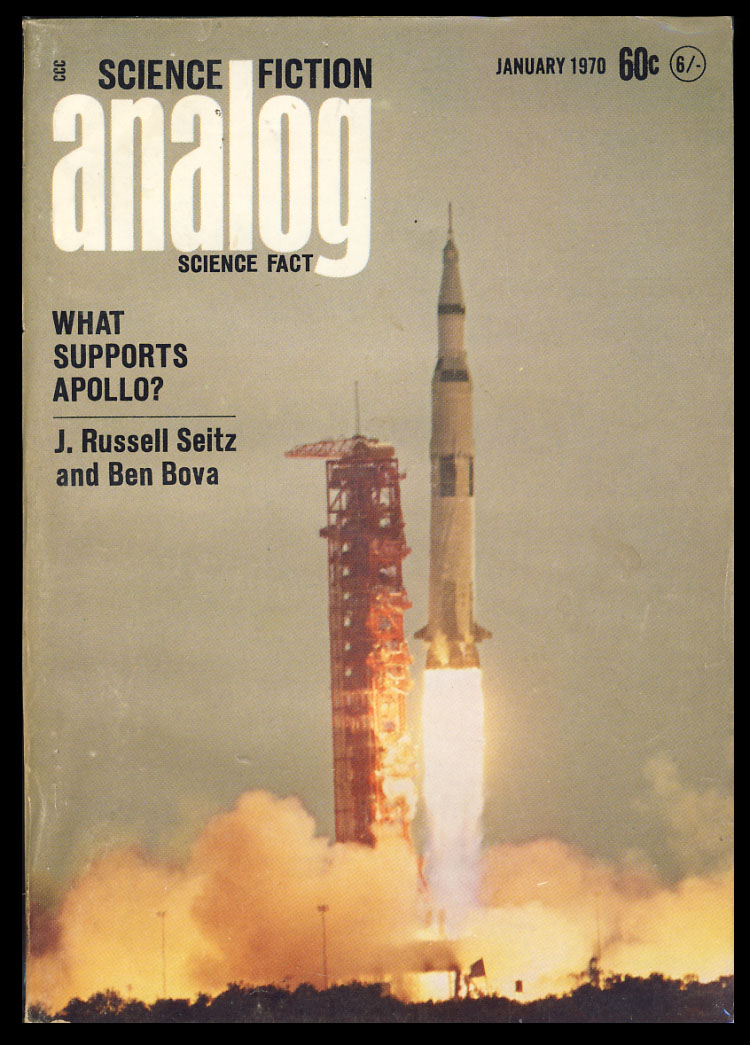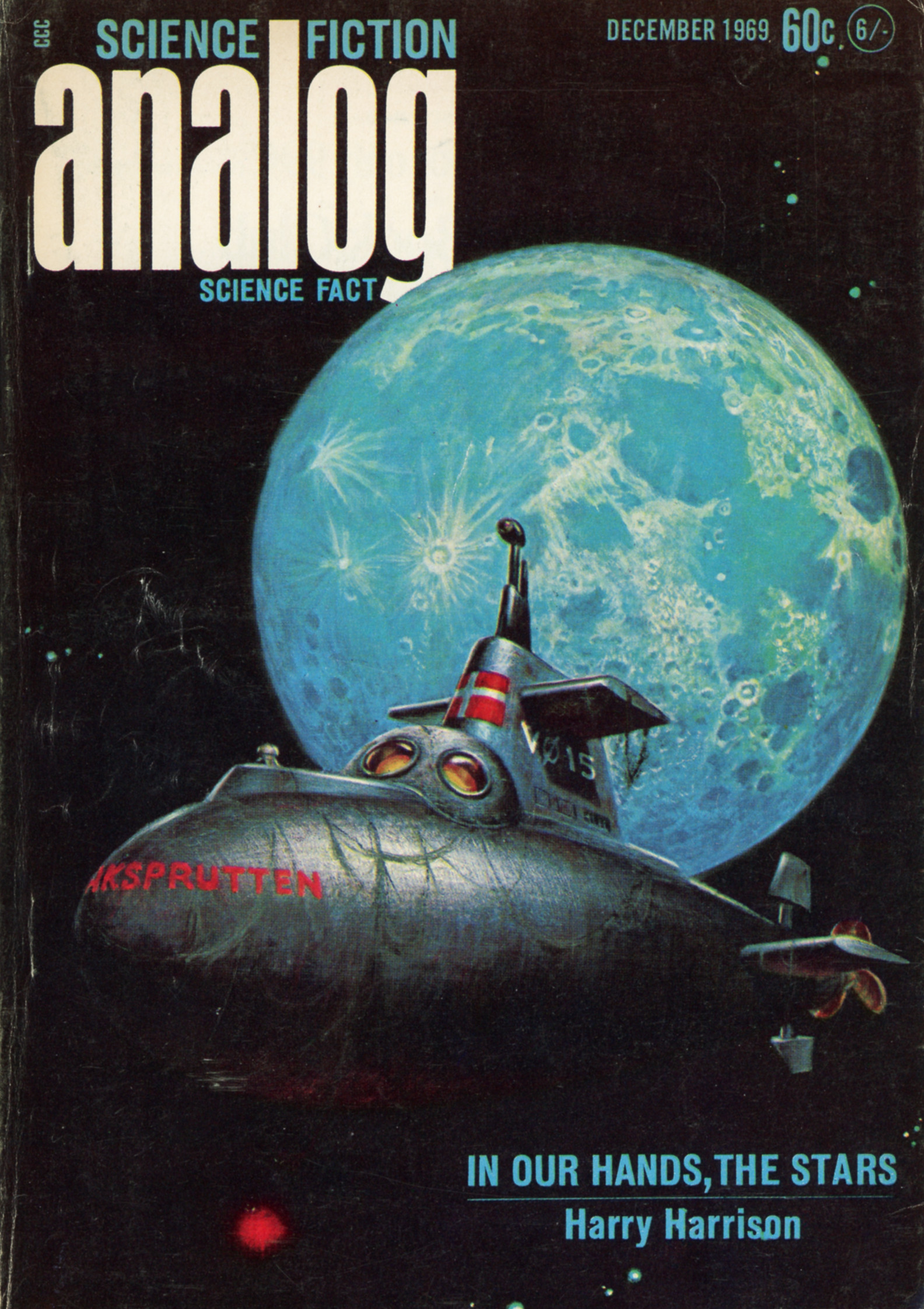[New to the Journey? Read this for a brief introduction!]

by Gideon Marcus
Rows and floes of angel's hair
Woody Allen likes to quip that being "bi-sexual" (liking both men and women) doubles of your chance of getting a date on the weekend.
NASA has just doubled the amount of weather they can look at in a single launch. TIROS-M (does the "M" stand for "Mature"?) was launched from California on January 23rd into a two-hour orbit over the poles. 12 times a day, it circles the Earth, which rotates underneath. Unlike the last 19 TIROS satellites, TIROS-M can see in the dark. That means it gets and transmits a worldwide view of the weather twice a day rather than once.

More than that, the satellite is called the "space bus" because it carries a number of other experiments, measuring the heat of the Earth as well as solar proton radiation. Launched "pickaback" with TIROS-M was Oscar 5, an Aussie satellite that broadcasts on a couple of bands so ham radio fans can track signals from orbit. Maybe Kaye Dee will write more about that one in her next piece!
Clouds got in my way
If the distinctive feature of the Earth as viewed from space is its swaddling blanket of clouds, then perhaps the salient characteristic of this month's Analog is its conspicuous degree of padding. Almost all of the stories are longer than they need to be, at least if their purpose be readability and conveying of point. Of course, more words means more four-cent rate…

by Kelly Freas, illustrating "Birthright"
Continue reading [January 31, 1970] Both sides now (February 1970 Analog)

![[January 31, 1970] Both sides now (February 1970 <i>Analog</i>)](https://galacticjourney.org/wp-content/uploads/2025/01/700131analogcover-631x372.jpg)
![[December 31, 1969] …for spacious skies (January 1970 <i>Analog</i>)](https://galacticjourney.org/wp-content/uploads/2024/12/691231cover-672x372.jpg)


![[November 30, 1969] Capstone to a decade (December 1969 <i>Analog</i>)](https://galacticjourney.org/wp-content/uploads/2024/11/691130analogcover-672x372.jpg)

